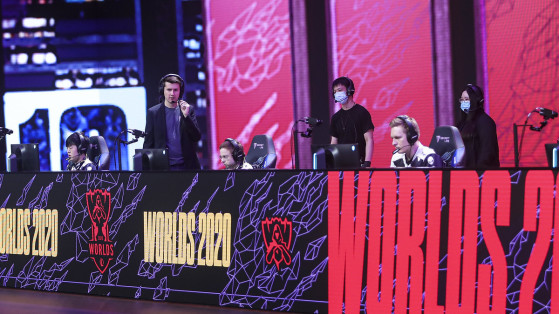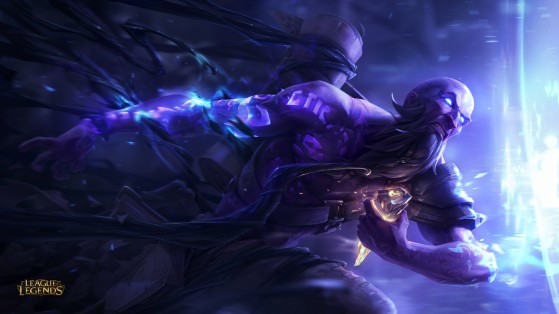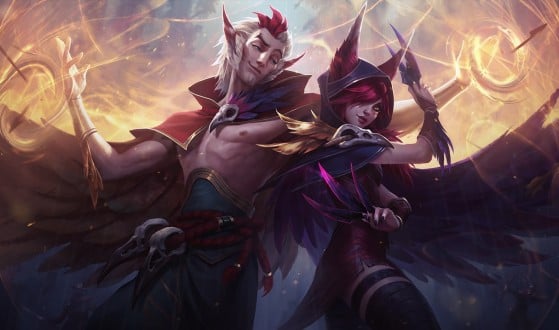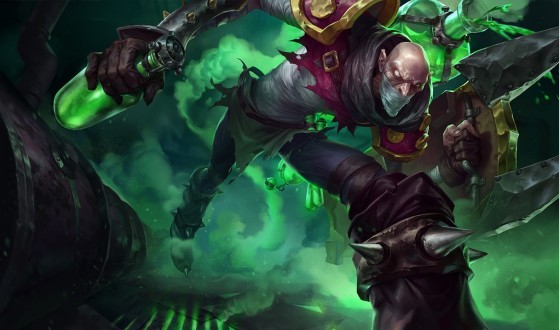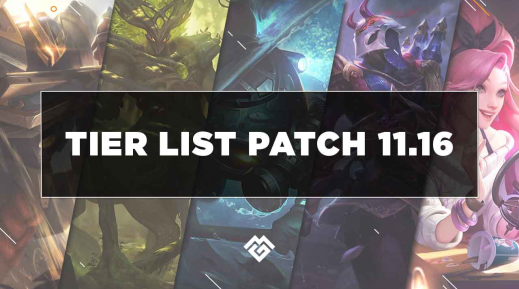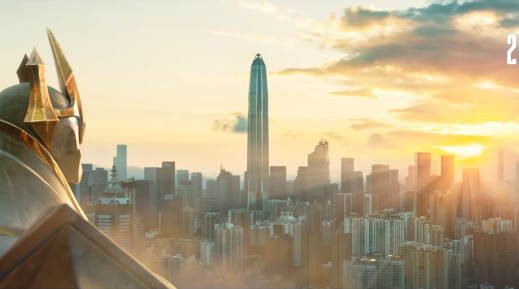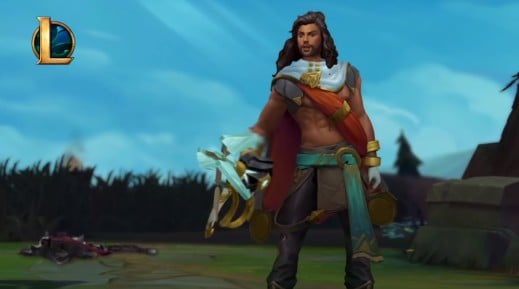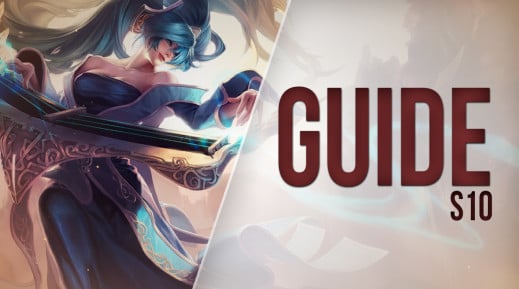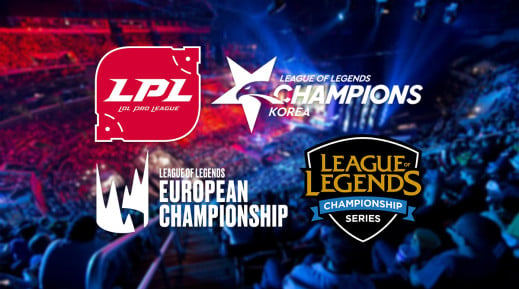Team Liquid prepare for a game during the 2020 League of Legends World Championship play-in stage (Image credit: LoL Esports)
As we inch closer to the beginning of the 2020 League of Legends World Championship’s main event, we have to come to terms with a simple yet profound realization: drafts have made or broken teams in the play-ins, and the impact of a brilliant (or botched) one will be even more significant moving forward.
Given the circumstances, Millenium has contacted Samuel “MrBaneBlade” Harkins, a long-time coach and analyst in the European and Oceanic League of Legends scenes, to predict the emergence of some of League of Legends’ (forgotten) picks in the competitive scene.
Among the selected picks are obvious ones that fell through the cracks, one that requires a double take to fully comprehend, and one that is much too specific, but specific enough to realistically happen. So, we did a 90-50-10 split, from likeliest to happen to the least likely one.
90%: low-ping reliant powerhouses Cassiopeia and Ryze will emerge
As online play was the rule for the 2020 League of Legends season, low-ping reliant champions have seen their play rates dwindle as they felt significantly clunkier at 40ms latency than they would with the offline setting’s negligible ping. However, the 2020 World Championship is played offline and is, therefore, the best opportunity for those picks to reemerge. Chiefs among them are Ryze and Cassiopeia, two hyperscaling machine gun mages, who could rule Summoners’ Rift in Orianna’s absence.
Cassiopeia has already seen a surge in airtime as the control mage meta engendered by Patch 10.18 brought her to 55% pick-ban presence despite the online setting, and as her efficiency against tanks incentivized teams to select her given the other balance changes that patch has wrought. However, her low play rate during the play-in stage might have more to do with the participating teams’ comfort levels on the champion and on their perception of the Lucian vs. Cassiopeia matchup than on the efficiency of the pick itself – particularly against the current AD carry champion pool, which takes longer to scale than it would take Cassiopeia to build Seraph’s Embrace.
On the other hand, Ryze has been relatively absent throughout the year even in the regions where he appears frequently, the League of Legends Pro League (LPL) and the League of Champions Korea (LCK), despite buffs to his mana regeneration; to his Q – Overload and W – Rune Prison; and to his defensive statistics (health, magic resist and armor). The champion has yet to see play as LCK teams have yet to play a single game, and as teams have so far opted to stick to what they have practiced in 2020. But there is hope for him, as macro-conscious teams are about to take center stage, and as his R – Realm Warp provides macro flexibility on its own, let alone with Shen’s involvement. Oh, and he fares better than Cassiopeia against Lucian, especially in a mid-jungle 2v2 skirmish.
50%: Xayah’s pick/ban priority will rise, especially in Group C
Group C features Gen.G, Fnatic, LGD Gaming and Team SoloMid, four teams that heavily lean (or have leaned in the past) on significant bot lane contributions to win games. The meeting of four teams with a similar approach is set to produce a lot of marksman bans, either resulting in advantages secured through other lanes, or to force an uncomfortable bot lane matchups.
However, with Rakan’s emergence during the 2020 World Championship, and due to the presence of Ashe and Jhin in drafts, Xayah has become a valid option. In such a setting, teams can delay their bot lane pick and select Rakan early, as he has thrived even when facing the threats of known counters Leona and Nautilus, and as the Xayah-Rakan partnership makes his time significantly smoother against those two.
Xayah can acquired lane priority against Ashe and Jhin, and her pairing with Rakan provides additional killing threat even with Nautilus and Leona around. In turn, Jungle champions such as Nidalee and Graves can use this to their advantage by securing early Drakes and contesting the opponent’s jungle camps, offering the opportunity to secure even greater early-game leads and a smoother road to prominence.
And that is without talking about her high damage output and team fight contributions, as well as the convenience of her offensive safety net, R – Featherstorm.
10%: Someone remembers that Singed exists and picks it situationally
What if someone told you that Singed could be viable competitively? Because he could be. Now, before North American League of Legends fans start yelling for the NA Special™ dear to fellow writer Tyler “FionnOnFire” Erzberger (Singed, Zilean, Skarner) to make an entrance, let us first talk about why Singed is situationally strong in the current patch cycle.
The current top lane poster boys, Ornn and Sion, and a potentially looming threat in Maokai, have weak wave clear without tower assistance if they run into the interference of Singed’s E – Fling (particularly Sion’s channeled Q – Decimating Smash).
In such a situation, Singed can freely proxy-farm minion waves, securing top side priority and being an absolute eyesore for teams facing him. And if people attempt to chase him, they have to deal with Q – Poison Trail and his evasiveness, which is further bolstered by the Phase Rush keystone. And that is saying nothing about the havoc he wreaks in team fights if he reaches critical mass in itemization.
That doesn’t mean that Singed is an all-purpose menace: another poster boy, Renekton, and traditional counter Cho’Gath him for breakfast. Similarly, anyone with wave clear (including mages) can deal with him, making him an unlikely threat, but one not to dismiss lightly.
